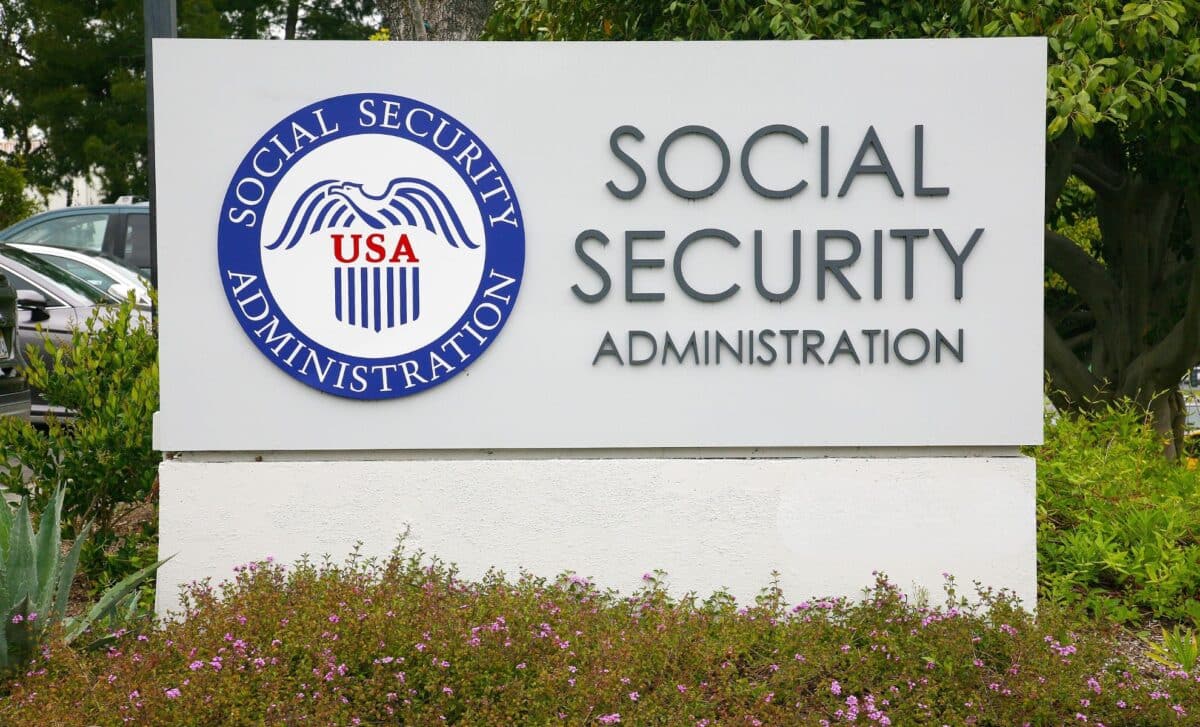The Social Security program, long regarded as a financial cornerstone for retired Americans, is now poised for disruption. Two administrative decisions from the Trump administration are set to impact roughly two million beneficiaries, including older adults still carrying federal student debt and those identified as having received overpayments.
This development comes as Social Security remains a primary source of income for the vast majority of retirees in the United States.
According to Gallup, between 80% and 90% of retired individuals rely on this monthly income to cover at least a portion of their living costs. These policy shifts are expected to place new financial strain on a group already coping with fixed incomes and rising expenses.
Garnishment returns for federal student loan defaulters
As of April 2025, over 42 million Americans held a total of $1.6 trillion in federal student loans, with nearly 3.6 million borrowers aged 60 or older, according to the U.S. Department of Education. Among these, an estimated 452,000 individuals aged 62 and above, many likely receiving Social Security benefits, are in default.
In response, the Trump administration has reinstated garnishment practices previously paused during the COVID-19 pandemic.
According to the Consumer Financial Protection Bureau’s January 2025 report, starting from June 2025, up to 15% of monthly Social Security payments may be withheld from beneficiaries in default on federal student loans. This applies broadly to retired workers, disabled beneficiaries, and survivor claimants.
The garnishment is calculated based on the gross benefit, before deductions such as Medicare Part B premiums.
There is, however, a floor: no beneficiary may receive less than $750 per month after garnishment. Notably, the window for advance notice of garnishment has also been shortened from 65 days to 30 days, accelerating the timeline for affected retirees.
Social Security overpayments to be clawed back more aggressively
Another significant policy shift targets beneficiaries who have received overpayments from the Social Security Administration (SSA). Overpayments may occur due to agency error or changes in a beneficiary’s financial or disability status.
According to testimony from then-acting SSA Commissioner Kilolo Kijakazi before the House Ways and Means Committee, over 1 million beneficiaries were overpaid in the 2022 fiscal year, and 980,000 more in 2023.
The Trump administration initially proposed reinstating a 100% recovery rate, allowing full benefit garnishment until the owed amount was repaid. However, in April 2025, this was adjusted to a 50% garnishment cap. While this move is less aggressive, it still marks a notable increase compared to the 10% rate applied during the Biden administration.
According to SSA estimates, the total overpayments could represent a $7 billion saving over the next decade. Yet for the approximately 1.5 million people likely still repaying these debts, the increased garnishment could significantly reduce their financial stability.









